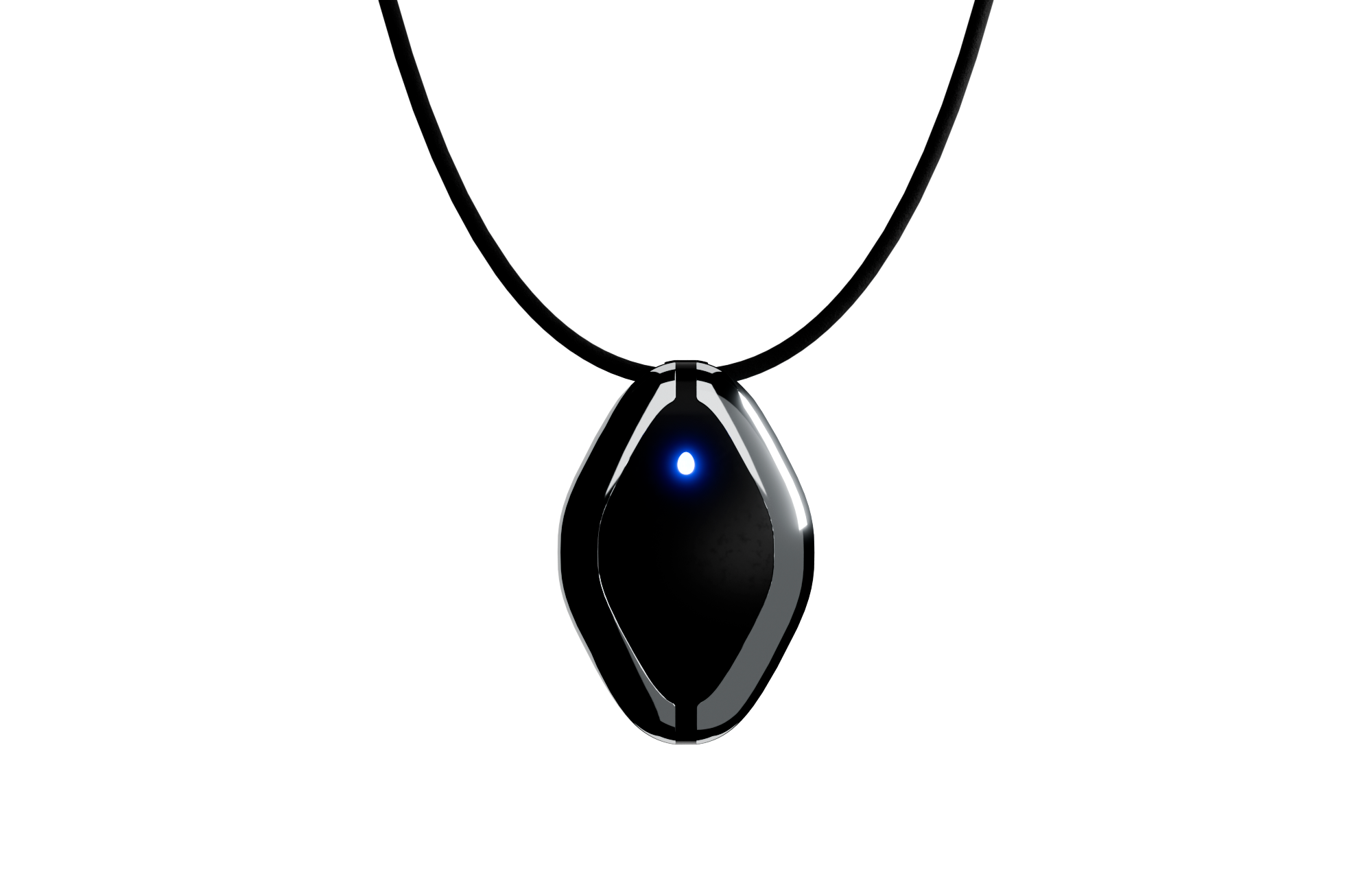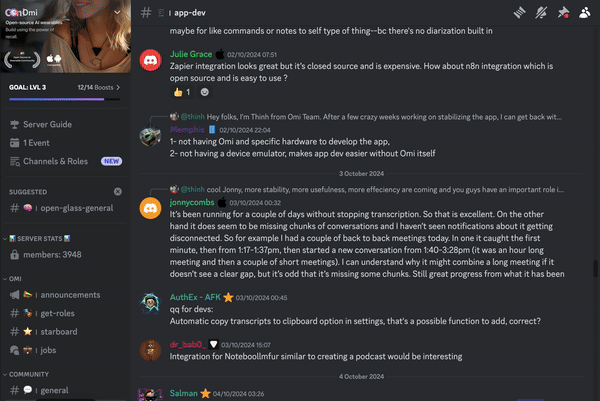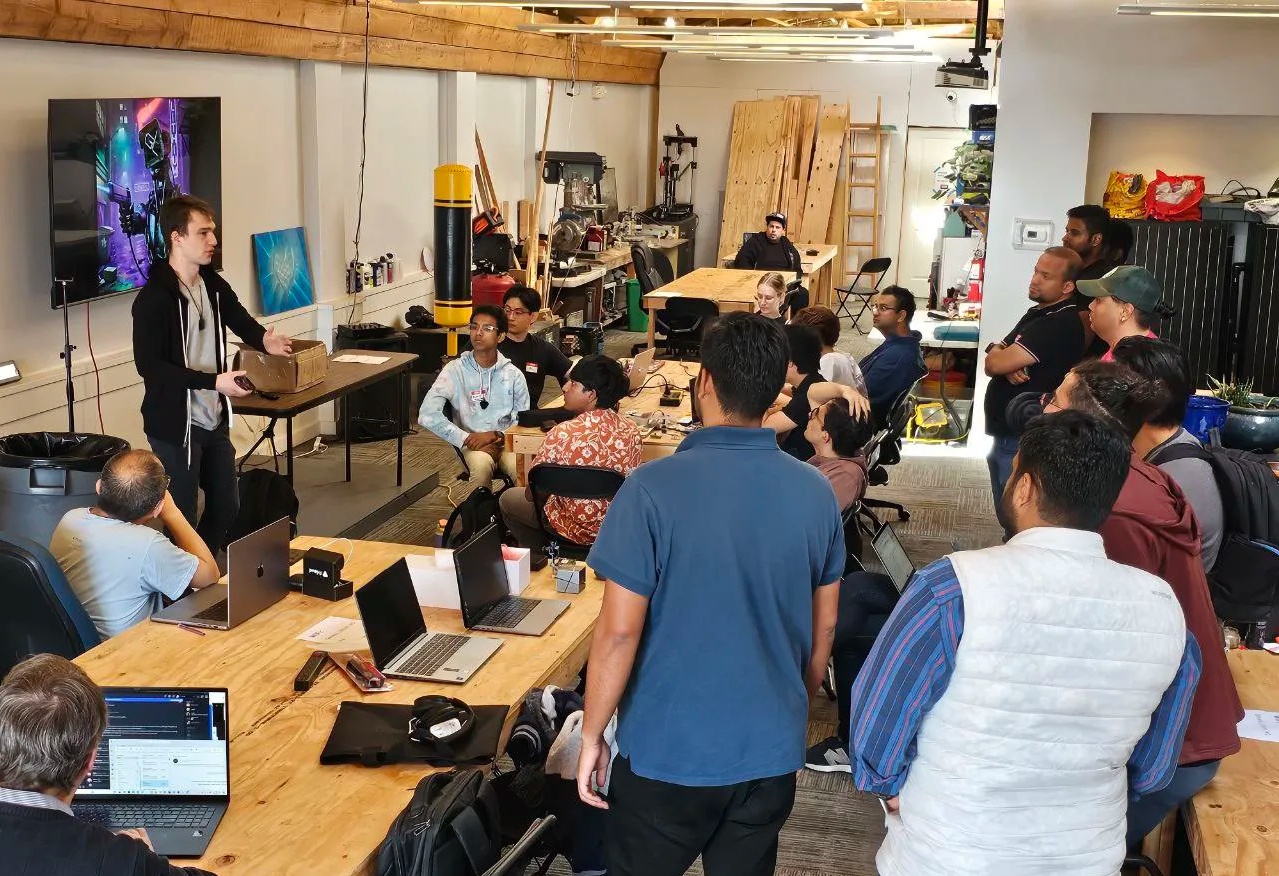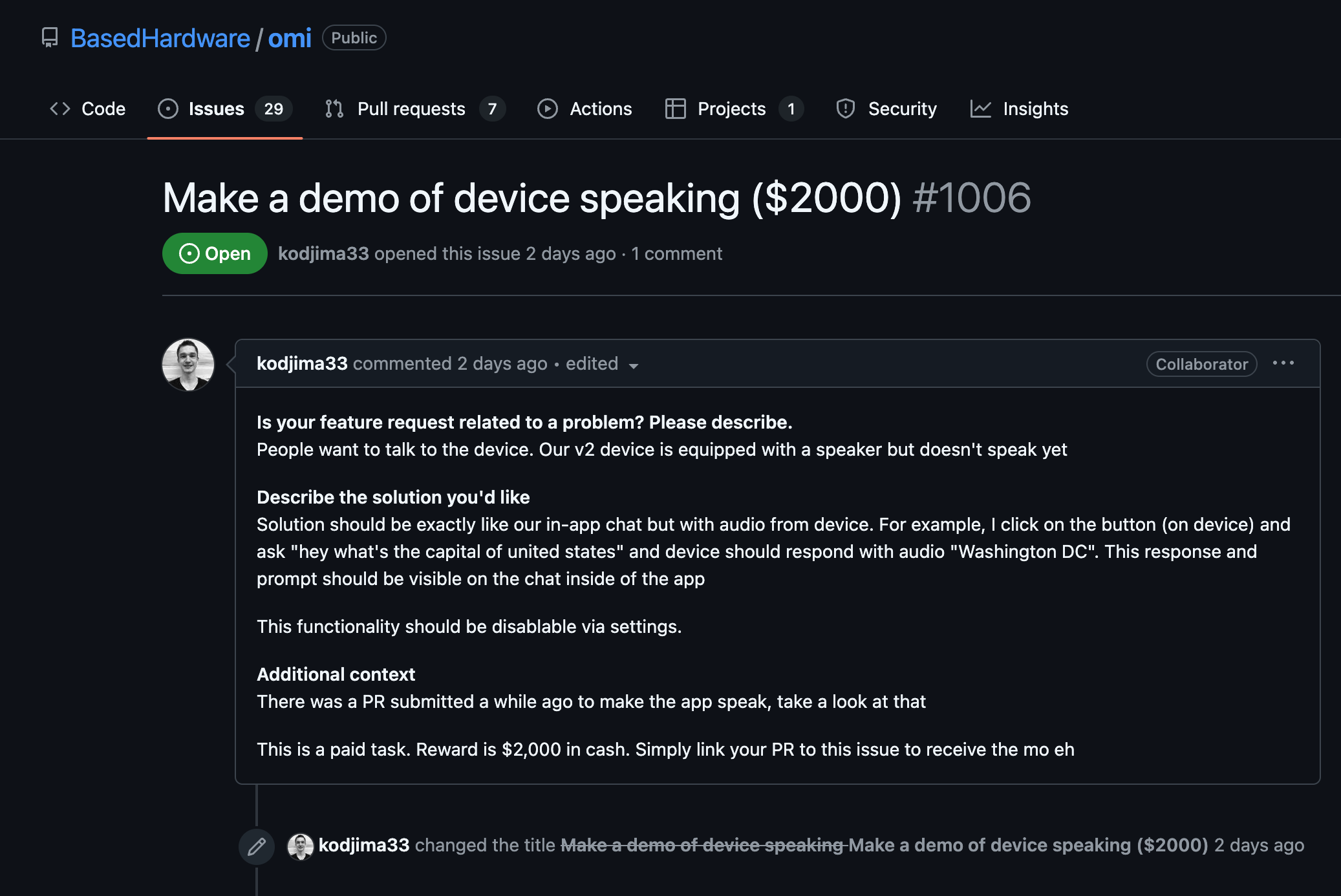Initialize Your Development Environment
- Choose a compatible microcontroller or System-on-Chip (SoC) that supports BLE. Notable options include Nordic nRF5x, Espressif ESP32, or STMicroelectronics' BlueNRG chips.
- Ensure you have the necessary tools such as an Integrated Development Environment (IDE) that supports your chosen microcontroller. Popular IDEs include Segger Embedded Studio for Nordic chips or Arduino IDE for Espressif.
- Install the required Software Development Kit (SDK) from the manufacturer which provides libraries and examples for BLE functionality.
Familiarize Yourself with BLE Concepts
- Understand the key BLE concepts such as peripheral and central roles, advertising, services, characteristics, and profiles.
- Mention the Generic Attribute Profile (GATT), which defines how two BLE devices communicate using services and characteristics.
Set Up the BLE Stack
- Use the BLE stack provided in the SDK. This handles low-level BLE operations, allowing you to focus on application logic.
- Configure stack-specific parameters including connection interval, advertisement interval, and device name through API calls. Refer to your SDK's documentation for available APIs and configurational specifics.
Implement BLE Advertising
- Start by configuring the advertising parameters such as advertising interval, advertising type (connectable or non-connectable), and the data being advertised like UUIDs for services.
- Use your SDK functions to start the advertising process. Here’s an example for Nordic SDK:
ble_advdata_t advdata;
memset(&advdata, 0, sizeof(advdata));
advdata.name_type = BLE_ADVDATA_FULL_NAME;
advdata.include_appearance = true;
ble_gap_adv_params_t adv_params;
memset(&adv_params, 0, sizeof(adv_params));
adv_params.interval = APP_ADV_INTERVAL;
adv_params.type = BLE_GAP_ADV_TYPE_CONNECTABLE_SCANNABLE_UNDIRECTED;
ret_code_t err_code = sd_ble_gap_adv_start(&adv_params, APP_BLE_CONN_CFG_TAG);
APP_ERROR_CHECK(err_code);
Define GATT Services and Characteristics
- Determine which services and characteristics your device will offer. For each characteristic, specify properties like read, write, notify, and its data format.
- Register these services with the BLE stack. Here is a simplified example on how you might define a custom service:
ble_gatts_char_md_t char_md;
ble_gatts_attr_md_t cccd_md;
ble_gatts_attr_md_t attr_md;
ble_gatts_attr_t attr_char_value;
ble_uuid_t ble_uuid;
uint8_t value[20];
// Initialize attributes
memset(&char_md, 0, sizeof(char_md));
char_md.char_props.read = 1;
char_md.char_props.write = 1;
ble_uuid.type = BLE_UUID_TYPE_VENDOR_BEGIN;
ble_uuid.uuid = CUSTOM_SERVICE_UUID;
// Set attribute metadata
memset(&attr_md, 0, sizeof(attr_md));
BLE_GAP_CONN_SEC_MODE_SET_OPEN(&attr_md.read_perm);
BLE_GAP_CONN_SEC_MODE_SET_OPEN(&attr_md.write_perm);
attr_char_value.p_attr_md = &attr_md;
attr_char_value.init_len = sizeof(value);
attr_char_value.max_len = sizeof(value);
// Adding characteristic to service
sd_ble_gatts_characteristic_add(p_custom_service->service_handle, &char_md, &attr_char_value, &p_custom_service->char_handles);
Handle Connection Events
- Implement event handlers to manage BLE events such as connections, disconnections, data reception, and GATT notifications.
- Make sure to properly handle these events for a responsive BLE application. An example of handling a simple connect event:
static void on_ble_event(const ble_evt_t * p_ble_evt) {
switch (p_ble_evt->header.evt_id) {
case BLE_GAP_EVT_CONNECTED:
// Code to handle connection event
printf("Device connected\n");
break;
case BLE_GAP_EVT_DISCONNECTED:
// Code to handle disconnection event
printf("Device disconnected\n");
break;
// Handle additional events as needed
}
}
Test Your Firmware
- Use BLE scanning tools such as nRF Connect (available for mobile and desktop) to test your device. Verify the advertisement data, services, and characteristics to ensure they match expected values.
- Perform connectivity checks by establishing a connection and verifying data transfer through read and write operations on the characteristics.
Optimize and Finalize
- Fine-tune BLE parameters such as connection and advertisement intervals for optimal performance and battery life efficiency.
- Implement power management strategies such as sleeping modes during idle states to conserve power.
- Secure your BLE communication by implementing features like pairing, bonding, and data encryption.
























